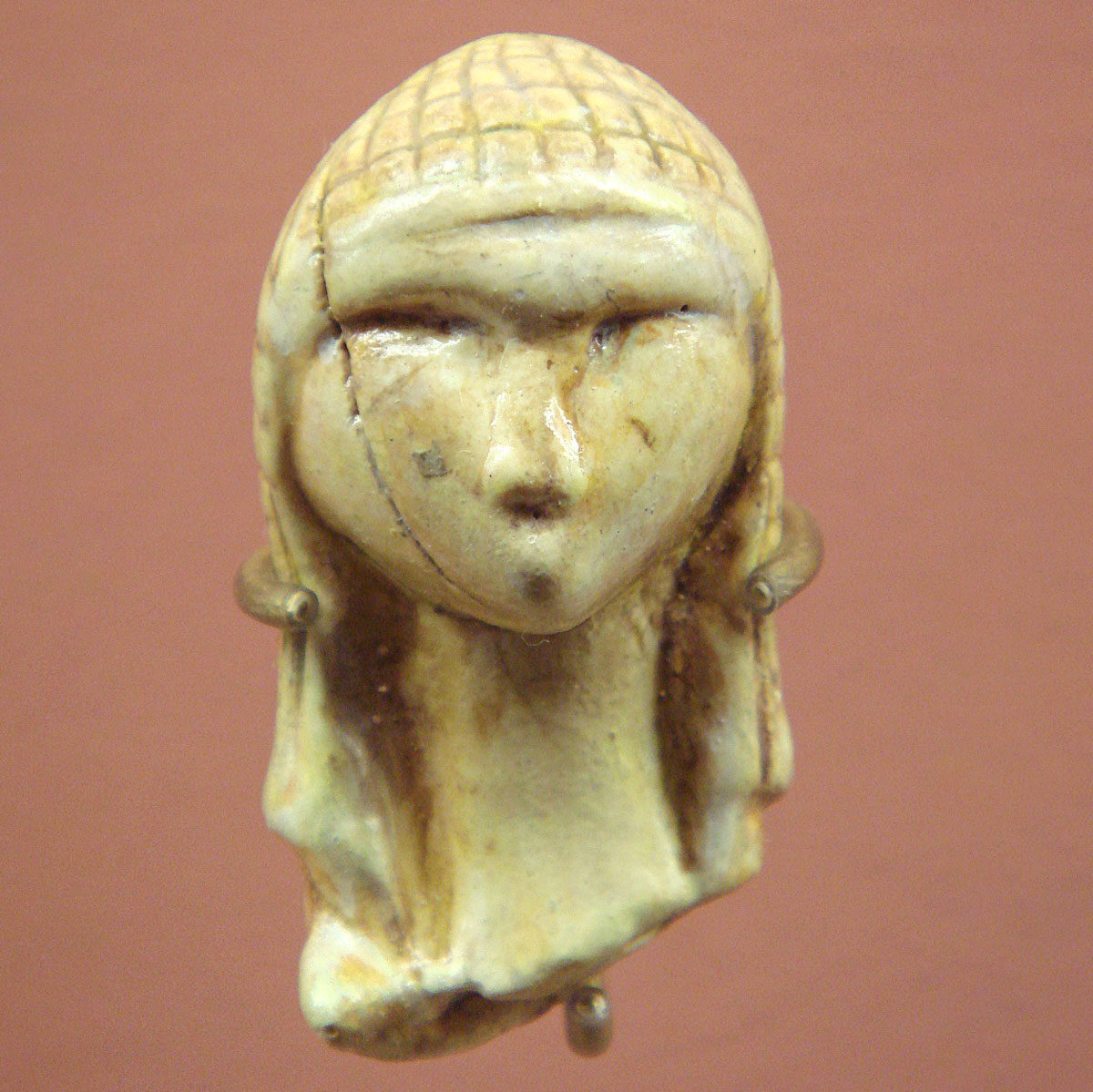
But despite appearances, the Gravettians were not a single people. New DNA evidence, published today in Nature, shows Gravettians in France and Spain were genetically distinct from groups living in what is now the Czech Republic and Italy. "What we thought was one homogenous thing in Europe 30,000 years ago is actually two distinct groups," says Mateja Hajdinjak, a molecular biologist at the Max Planck Institute for Evolutionary Anthropology who was not part of the new study.
The Gravettian data are part of a larger trove of ancient European DNA that reveals striking genetic diversity within apparently unified prehistoric cultures. The sweeping study analyzed 116 newly sequenced genomes and hundreds of previously published ones, ranging from about 45,000 years ago, when the first modern humans reached the continent, to about 6000 B.C.E., and from the Iberian Peninsula to the western steppes of modern-day Russia. It "fill[s] gaps in space and time," says the study's lead author, Cosimo Posth, a geneticist at Tübingen.
In period after period, the genetic evidence suggests conclusions drawn from archaeological evidence such as tools, hunting styles, and burial rituals need to be re-evaluated. "These cultural units archaeologists think about as coherent populations don't stand up to the test," says Felix Riede, an archaeologist at Aarhus University who was not part of the study. "It's a major step forward."
Many of the samples were in poor condition and some came from unusual contexts, like the now-submerged landscape between the British Isles and the Netherlands known as Doggerland. New analytical methods and increasingly powerful DNA sequencing tools enabled researchers to squeeze information from extremely degraded bones and teeth, including some that contained just 1% of their original genetic material.
When it comes to the Gravettians, the genetic evidence helps explain subtle regional differences in tool types and subsistence strategies that have puzzled archaeologists for decades. Archaeologists had noted "slight cultural differences, but up till now we didn't know if it was the same or different populations," Hajdinjak says. For example, only people in Eastern and central Europe constructed mammoth bone shelters. University of Leiden archaeologist Alexander Verpoorte, who was not part of the new study, adds, "When you zoom in a little bit, even the female figurines are made in different ways from different materials, deposited in different settings and found in different contexts." Now, it seems they were the handiwork of distinct populations.
The DNA also sheds light on what happened to these ancient Europeans when the climate worsened between 25,000 and 19,000 years ago, a time known as the last glacial maximum when much of Northern and central Europe was blanketed in ice more than 1 kilometer thick. Archaeologists had assumed people including the Gravettians retreated into ice-free areas in southern Europe beginning about 26,000 years ago, then filtered back north several thousand years later as the glaciers melted. That scenario appears to hold true in the Iberian Peninsula and the south of France: People living there before the ice reached its peak persist through the worst of the cold spell, then surge back north and east as the continent warms.
But the Italian Peninsula, long thought to have been a relatively secure refuge, showed something different. Despite what looked to archaeologists like evidence of continuous occupation during and after the glacial maximum, DNA reveals the refuge was actually a dead end. "We expected Italy to be a climate refugium, but there's a sharp and complete turnover — it's a big surprise," Posth says. "The Gravettian population completely disappears." Instead, after the glacial maximum, people in Italy show genetic links to the Near East, suggesting a new population arrived from the Balkans.
About 14,000 years ago, when temperatures across the continent rose sharply in the space of a few centuries, archaeologists recognized cultural changes. But they thought the changes reflected an existing population adapting to hunt in warmer, more heavily forested landscapes. Instead, DNA shows an almost complete population replacement: The people who survived the glacial maximum, known as the Magdalenians, all but vanish and are replaced by populations moving north from postglacial Italy.
The study also looked at the final era of hunter-gatherers in Europe, beginning 10,000 years ago as warming continued to transform the open steppe to dense forests and rich wetlands. Here, again, the genes revealed a surprising wrinkle: Despite broadly similar hunting and gathering lifestyles, people in Western Europe remain genetically distinct from those east of the Baltic Sea.
They even looked different: Genetic data suggest that before the arrival of farmers in northern Europe around 6000 B.C.E., hunter-gatherers in Western Europe had dark skin and light eyes. People in Eastern Europe and Russia, meanwhile, had light skin and dark eyes. Most surprising, despite the lack of geographic barriers between modern-day Germany and Russia, the two groups spent millennia not mingling. "From 14,000 years ago to 8000 years ago, they do not mix at all," Posth says. But he acknowledges that the team's samples don't cover the continent completely, and the likely contact zones — in Poland and Belarus, for example — lack samples. More genetic data from those areas might show the two populations mixing locally.
Archaeologists are expected to welcome the new genetic data, even though they may force many to re-examine old ideas, says Jennifer French, an archaeologist at the University of Liverpool who was not part of the study. "This genetic data shows we've oversimplified what was going on in terms of population interaction," she says. "It provides a lot more nuance than we've been able to with archaeological data alone."
doi: 10.1126/science.adh4071
A version of this story appeared in Science, Vol 379, Issue 6635.Download PDF



Comment: See also: